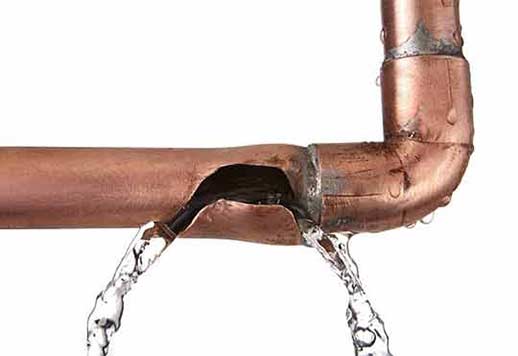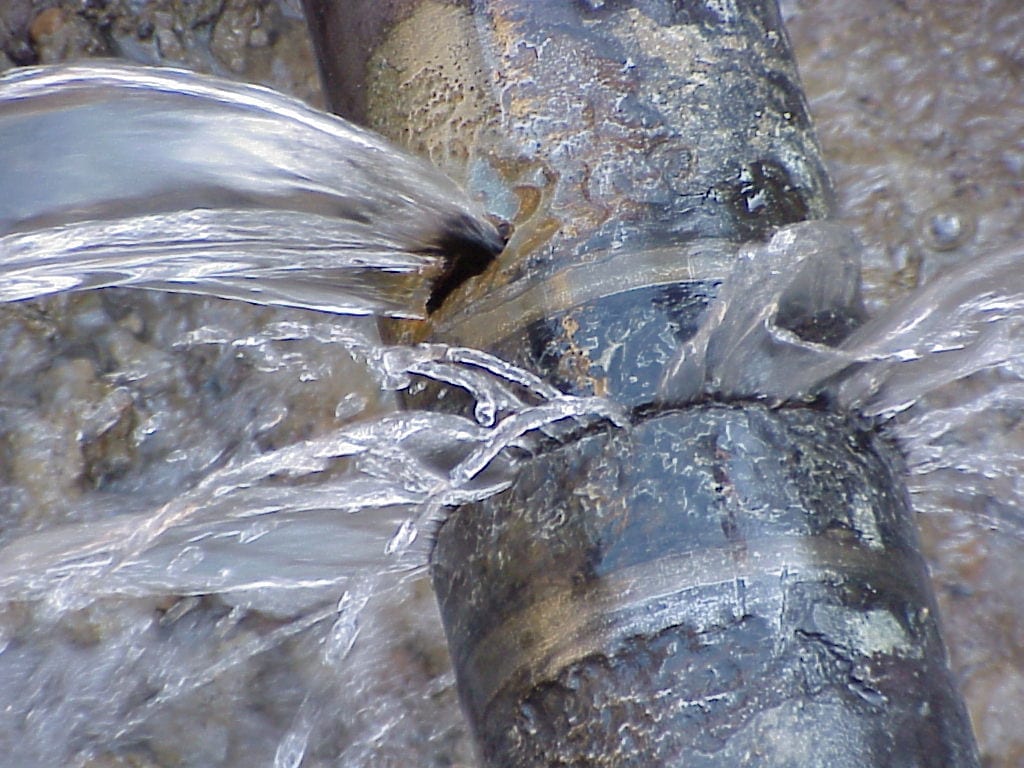Stopping Burst Piping: Crucial Tips to Secure Your Plumbing
Avoiding burst pipelines is a crucial concern for house owners, particularly throughout cooler months when the risk of freezing is increased. Implementing critical procedures such as correct insulation, routine examinations, and keeping constant interior temperatures can substantially minimize the chance of pipe failure.
Understand Pipeline Vulnerabilities
Comprehending pipeline susceptabilities is essential for reliable pipes maintenance and avoiding costly damage. Numerous aspects add to the vulnerability of pipes to ruptureds, consisting of material structure, age, and ecological conditions. Older pipes, particularly those made from galvanized steel or polybutylene, often deteriorate with time, causing increased danger of ruptures and leakages.
Temperature changes can additionally dramatically impact pipe stability. In cooler climates, water entraped in pipelines can freeze, broadening and exerting pressure on the pipe wall surfaces, which may ultimately result in a burst. High water stress can stress pipelines, particularly at joints and bends, increasing the chance of failure.

Insulate Pipeline Properly
Appropriate insulation of pipes is important for preventing freezing and succeeding ruptureds throughout cold weather condition (burst pipe). Protecting your pipes system properly safeguards versus temperature level goes down that can lead to expensive damages. Begin by determining susceptible areas where pipes are exposed to outdoor temperatures, such as basements, attics, and exterior wall surfaces
Usage foam pipeline insulation sleeves or wrap insulation tape around these locations to provide a safety barrier. Guarantee that all sections of the pipes, particularly those with restricted warm exposure, receive sufficient insulation. Pay special attention to joints and fittings, as these are more vulnerable to freezing.
When insulating, it's necessary to select products that satisfy neighborhood building ordinance and are appropriate for the particular atmosphere. Fiberglass insulation is usually suggested for its thermal resistance residential or commercial properties. Furthermore, think about making use of heat cables or tape in severe conditions, which can be connected in to give supplementary warm
Regularly examine protected pipelines for any type of indications of wear or damages, as endangered insulation can decrease its effectiveness. By taking these proactive actions, you significantly reduce the danger of pipeline bursts, ensuring a reliable pipes system throughout the wintertime months.
Maintain Constant Temperature Level
A steady interior temperature level is essential for preventing burst pipes throughout the cold months. When temperature levels decline, water within pipelines can ice up, developing and broadening stress that may eventually cause the pipes to ruptured.Using a programmable thermostat can assist take care of indoor temperature levels effectively, ensuring that spaces with plumbing stay warm even when the residence is vacant.
This minor circulation of water can prevent freezing by easing stress within the pipelines. By applying these approaches, their website property owners can dramatically minimize the risk of pipeline ruptureds and guard their plumbing systems versus the harsh winter season aspects.
Regularly Examine Pipes
Routine examinations of pipes systems are essential for preventing ruptured pipes and maintaining overall home stability. Throughout these evaluations, it is read important to take a look at noticeable pipelines for indicators of deterioration, leakages, or use.
Furthermore, inspecting links and joints is important, as these factors are frequently at risk to leaks. Homeowners need to also examine water pressure degrees, as extreme stress can strain the pipes system and enhance the danger of pipeline bursts.
Consider scheduling specialist plumbing inspections at the very least annually, especially before winter months, to ensure your system is planned for cooler temperatures. Routine assessments not only help in identifying prompt issues yet likewise foster long-term maintenance strategies that can enhance the lifespan of your plumbing system. By being aggressive in your approach, you can guard your home versus the pricey and turbulent repercussions of burst pipelines. Prioritizing pipes examinations is a financial investment in your house's health and wellness.
Know Emergency Procedures
Comprehending emergency situation treatments is crucial for every single property owner, particularly after performing routine pipes assessments. Being gotten ready for a pipes click this emergency situation can substantially reduce damages and save prices. First, find your main water shut-off valve; it is commonly located near the water meter or where the primary line enters your home. Acquaint on your own with its operation, as shutting off the water swiftly can protect against substantial flooding.
Next, maintain vital tools convenient. A pipes emergency set must include a wrench, plunger, and towels, along with a flashlight and a container for tiny leakages. Furthermore, consider having the call info for a trusted plumbing conveniently offered, should the scenario escalate beyond your control.
If you discover a leak or ruptured pipeline, immediately turn off the water and notify your plumbing. Record the damages with photographs for insurance coverage functions. Recognize the indications of possible pipes problems, such as uncommon water stress fluctuations or damp places on walls
Eventually, proactive knowledge and speedy activity are vital in managing pipes emergencies, guaranteeing your home continues to be protected and reducing potential damages.

Verdict
In final thought, preventing ruptured pipes demands a multifaceted approach that includes understanding pipeline vulnerabilities, correct insulation, preserving constant interior temperatures, regular examinations, and knowledge of emergency situation treatments. By implementing these important strategies, the danger of pipes failings can be dramatically reduced, therefore guaranteeing the longevity and efficiency of the pipes system. Proactive procedures not only safeguard against potential damage but also add to total water preservation and the defense of home.
In colder climates, water trapped in pipes can freeze, putting in and expanding stress on the pipe wall surfaces, which may ultimately lead to a burst. When temperatures decline, water within pipes can freeze, creating and broadening pressure that might inevitably cause the pipes to burst. By carrying out these strategies, house owners can considerably minimize the danger of pipe bursts and secure their pipes systems against the extreme winter elements.
